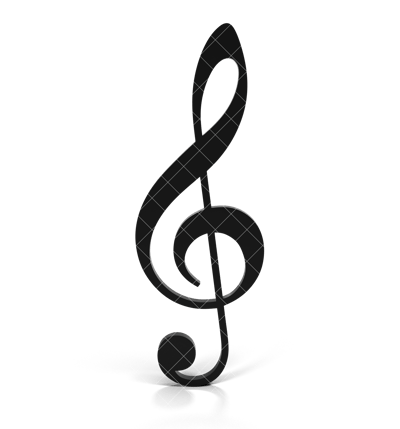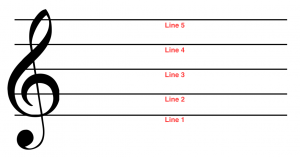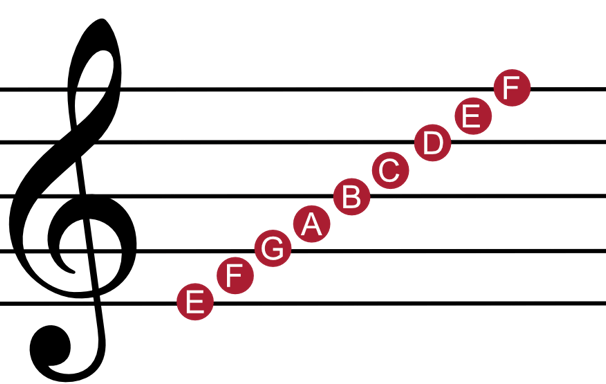Learn Basic Staff Notation Here .
Clef Sign
The treble clef, also known as the G clef, is one of the most commonly used clefs in music notation. It indicates the pitch of written notes and is essential for reading and writing music for many instruments, including the guitar, violin, flute, and piano (right hand). Here's a detailed explanation of the treble clef .


The Staff :
The staff consists of five lines and four spaces. Each line and space represent a different musical pitch.


Fretboard Mapping :
Each fret on the guitar corresponds to a different note. Here’s a basic mapping for the first few frets:
6th String (E): E (open), F (1st fret), F# (2nd fret), G (3rd fret)
5th String (A): A (open), A# (1st fret), B (2nd fret), C (3rd fret)
4th String (D): D (open), D# (1st fret), E (2nd fret), F (3rd fret)
3rd String (G): G (open), G# (1st fret), A (2nd fret), A# (3rd fret)
2nd String (B): B (open), C (1st fret), C# (2nd fret), D (3rd fret)
1st String (E): E (open), F (1st fret), F# (2nd fret), G (3rd fret)


Notation Example
Here is a simple notation example
Treble Clef:
E |---|---|---|---| 1st string (e)
B |---|---|---|---| 2nd string (B)
G |---|---|---|---| 3rd string (G)
D |---|---|---|---| 4th string (D)
A |---|---|---|---| 5th string (A)
E |---|---|---|---| 6th string (E)
Understanding basic staff notation for guitar helps bridge the gap between traditional music notation and guitar-specific tablature. It enables you to read a wider range of music and improves your overall musical knowledge and skills.
